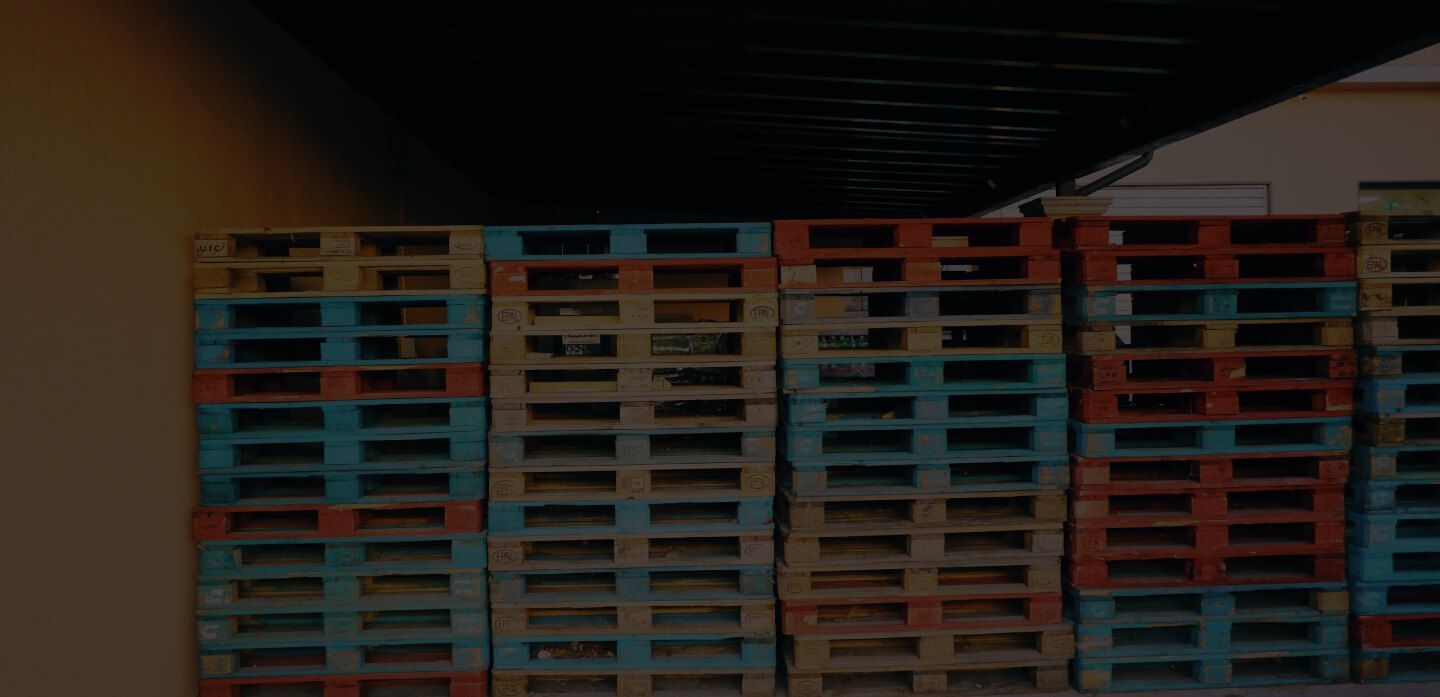
Ocean Freight to Buenos Aires



Ocean freight shipping to Buenos Aires
The capital of Argentina is the great backbone of the country’s economy. At base, the three sectors of greatest importance are the service sector, real estate, and trade. Ocean freight to Buenos Aires is, in fact, vitally important, as this city is the focus of a great deal of the country’s $140 billion in foreign trade, including annual imports and exports.
It is very relevant to highlight the integration of Argentina into Mercosur which means that ocean freight to Buenos Aires constitutes a natural entry to exports to this economical region, to which Brazil and Chile are also part of.
Information about the Port of Buenos Aires
The port of Buenos Aires is principally a container port. That said, recent changes have made possible the reestablishment of passenger transit, whose peak era was the 1950s.
The Port of Buenos Aires is under the aegis of the AGP (Administración General de Puertos Sociedad del Estado) (State Company for the General Administration of Ports); notwithstanding, it also features terminals operated by private business, in which cases the AGP acts in a supervisory role.
The port facilities in the Argentine capital mean it is considered the fourth-best port in Latin America and the Caribbean, due to the scale of its facilities as well as the volume of goods it handles annually, which is in the neighbourhood of 10,000 tons - or one million TEUs - of which 80 percent is general cargo and a small part is liquid bulk.
The Rio de la Plata terminal - or Terminal 1/2/3 - handles almost 50 percent of the general cargo that moves through the port. The port also features terminals 4,5, EMCYM, and AGP.
Alternatives to your ocean freight to Buenos Aires
It’s no surprise that Buenos Aires is one of the main ports and choices for any ocean freight to Argentina. But besides Buenos Aires, there are many alternatives you can choose from including the Port of Montevideo, the Port of Santos and the Port of Rio de Janeiro.
→ Ship container to Montevideo
→ Ship container to Rio de Janeiro
FCL or LCL for your ocean freight to Buenos Aires
If you want to ensure the best value when shipping to Buenos Aires, we recommend that you first consider the difference between a full container (FCL) and groupage (LCL).
If your shipment reaches or exceeds half the capacity of a container, then a full container load (FCL) will be your best option. The approximate capacity of a 20-foot container is 11 Europallets, or 25 Europallets in the case of a 40-foot container.
A 20-foot container has an interior dimension of 19’3”L X 7’8”W X 7’9”H (L 5.86m X 2.33m X 3.38m.). It has 146 square feet (13.86sqm) of floor space and 1,172 cubic feet of volume (33.2cbm.). It will hold 10 standard pallets (12 Euro pallets) without stacking.
A 40-foot container has an interior dimension of 37’5 5⁄8” L X 7’8” W X 7’9”H (L12.01m X W 2.33m X H2.38). It has 285 square feet of floor space and 2,120 cubic feet of volume (60CBM.) It will hold 22 standard pallets (27 Euro pallets) without stacking.
There are two types of pallets: Standard (1.2m/47 ¼” X 1m/39 3⁄8”) and Euro (1.2m/47 ¼” X .8m/31 ½”).
It is important to know which pallets you are using and if your cargo is stackable in order to calculate your shipping charge.
Regardless, it’s possible that, despite not having the full volume, you may prefer that your goods travel in their own container, thus avoiding any risk of damage that your goods could suffer as a consequence of contact with the shipments of other merchants.
In all other cases, we recommend that you opt for “groupage” or a shared container (LCL). In this way, you will reduce costs by have to pay only for the space you require.
What our ocean freight rates to Buenos Aires include
![]()
For more information, please consult ship container rates for your ocean freight to Buenos Aires here.